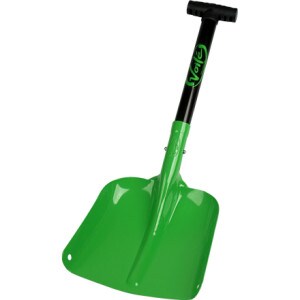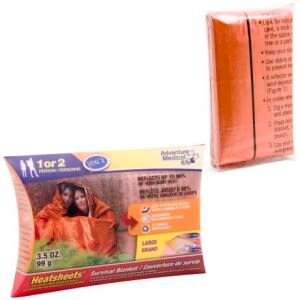Most of us live here because our passion is skiing and snowboarding. I, myself, am always willing to spend money on new skis, boots, etc if I need them, because this is what I live for, and I know a lot of other people feel the same way. What I don't understand is how some people can have 6-7 different pairs of skis and no back country gear (that is unless you don't wonder out of bounds). Yeah, it's expensive, but it will save your life. I don't have the means this season, but next season I hope to start acquiring my own gear. Until then, I will use friends gear or not go out of bounds, period. (Even though there's a chance it can happen in bounds, too.) Riding in the Rockies is not a joke.
Here's a list of general back country essentials. You can find all of them at www.backcountry.com.
You can also buy avalanche survival packages.
1. AVALUNG ($100-$300)
If you want to survive an avalanche, you better have an avalung... or chances are you won't. It's a pack that holds oxygen and allows you to breathe while waiting for rescuers to dig you out. There are two kinds, one is small and can be worn on your chest, and another includes a backpack.
2. BEACONS ($180 - $450)
An avalanche beacon, also known as an avalanche transceiver, are used to find buried people under the snow. If you are buried, rescuers (whether that's your friends or ski patrol) can use their beacons to send signals to yours to locate you. It's very important for everyone on the excursion to have one. It does no use if someone buried doesn't have one and someone unburied does. A beacon can greatly reduce the time in which you are buried, or will get you rescued when you may have never been found at all.

3. SHOVEL ($20 - $80)
Small, light, and sturdy, the shovels are made for backcountry excursions. They're short enough to be able to put in to your pack, or attach to the back, and light enough that won't even know they're there. It's not only good for greatly reducing the time your friends are buried under the snow, it's also good for helping you build those back country kickers.
4. SKINS ($100 - $200)
Skins are long strips of synthetic material (formerly animal hides) that are attached to the bases of skis for uphill climbing. The skins run smoothly over snow in a forward direction, but have texture that prevents the skis from sliding backwards. I would personally chose skins over snowshoes any day. You don't have to carry your skis on your back up the mountain, and you don't have to carry your snowshoes on your back down it. It saves a lot of energy and time.
5. Snowshoes ($100 - $300)
Whether you're a snowboarder or a skier who isn't a fan of skins, snowshoes make life a whole lot easier when the snow is thigh deep (and I can tell you that from first-hand experience). Snowshoes have been around for thousands of years and make deep snow trekking a breeze. Snowshoes distribute your body weight over a much larger space than your foot, giving you the ability to "float".
6. Multi-Tool ($15 - $150)
My dad bought me one of these when I was younger, I still to this day have it, and use it at least once a day. Never in my right mind would I go on an excursion without it. You can buy them in a miniature pocket size, or a standard hand held size.
7. Heatsheet ($4.99)
The Adventure Medical Heatsheets Two Person Blanket reflects 90% of your body's heat to help keep you and your buddy warm through an unexpected emergency. It's 2.8-ounces, it's bright orange so you can be easily spotted, and it's $4.99. If that's not good enough reason to buy one, you might deserve to be cold.
8. Lighters ($1.00)
I've had people argue with me that a lighter won't last forever, won't work if its wet, and that you should learn how to start a fire without one. All of those statements are true, but here's my theory. Once you start a fire, you can pretty much keep it going indefinitely... Unless a huge storm were to hit. It only takes one short flame to start a fire, and that won't use much fluid. I have reason to believe I would expire before my lighters would run out of fluid. Besides, I rather be able to start a fire with zero effort and save it for other things.
9. Steel Water Bottle ($15 - $30)
I know their are some plastic water bottles that are BPA free, but a plastic water bottle can't be held over a fire. It may seem like a fantastic idea to just eat snow to hydrate, after all, it is water. The problem with snow is that it's composition is at a 10/1 ratio. That means that one inch of rain will equate to roughly ten inches of snow. Basically, you'd need 160 inches of snow to get one bottle of water at 16 ounces (as picture below). The rate at which you will burn energy by eating the snow is more than that of what you will gain. If you hold a water bottle near a fire to get it warm (not hot, we don't want it evaporating, either) it's easy to keep stuffing snow in it until it's full.
I know I haven't mentioned food, or hunting for food... or anything like that. But if you aren't planning on going to an area where you could get rescued within 48 hours, chances are you shouldn't be coming to my blog for input, and you probably aren't ready for that, anyway.











I submit education and prevention are the key. "If you want to survive an avalanche, you better not get caught in one" is smarter.